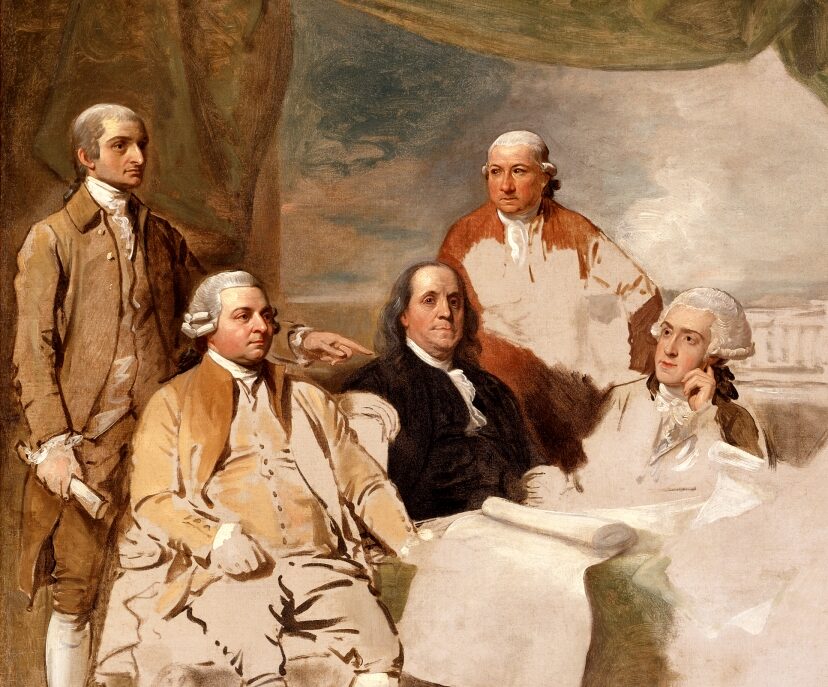In October of 1962, the world was brought to the brink of destruction by the two largest super powers at the time, The United States and The Soviet Union. With tensions rising since the end of World War II, the two nations had entered into a Cold War that lasted until the late 1980s. While the two powers never directly fought, the world came closest to nuclear war in the early 1960s. In the previous decade, conflict resulting from the Cold War had been overseas, with vast oceans on either side protected The US. Communism was mostly on the other side of the world and contained to the Eastern Hemisphere. This all changed on January 1, 1959. After 6 years of struggle and revolution, President Baptiste of Cuba was ousted and Fidel Castro was instated as Prime Minister, eventually taking the title of President.[1] With his rule came a communist form of government. Communism was not only close to home, but it was only 90 miles off of the coast of Florida.
In the years after the Cuban Revolution, the CIA, under the Eisenhower administration, planned an operation that would bring over one thousand Cuban exiles into the country in order to topple the communist government. The plan was still in the works when President Kennedy entered office and in early 1961, Kennedy approved of the plan. What has come to be known as the Bay of Pigs occurred in April of 1961 and was a complete failure.[2] Most of the Cuban exiles were either captured or killed and Castro stayed in power. This failure made Kennedy look weak and unprepared for the foreign policy challenges he would have to face in the future. Over all, this event was a complete embarrassment for the United States Government.
Over the next year, the Soviets continued to antagonize the United States through intimidation and strategic action. Two of the most notable events to occur in 1961 are the Berlin Crisis, which resulted in the building of the Berlin Wall and the testing of the Tsar Bomba, the largest manmade explosion ever to be detonated. In Kennedy’s first year of his presidency, he faced the division of Europe with a physical wall and the mounting perils of nuclear war. With all of this on his plate, and with lessons learned from the Bay of Pigs, Kennedy had no option but to make perfect maneuvers.
On October 15th, 1962, the President was informed that Soviet Nuclear Weapons had arrived in Cuba. For 13 days, the world watched as nuclear war was contemplated. Top officials essentially gave Kennedy two options, either immediately attack Cuba, or accept Soviet nuclear weapons in Cuba.[3] Kennedy along with The ExComm, seeing neither of these as a viable option, decided to strike a balance between the two approaches. On October 22, Kennedy announced a U.S. naval blockade around Cuba.[4] At this moment, the world was at the closest to total destruction that it ever had been before and hopefully will ever be again. On television, Kennedy declared,
“To halt this offensive buildup, a strict quarantine on all offensive military equipment under shipment to Cuba is being initiated. All ships of any kind bound for Cuba from whatever nation or port will, if found to contain cargoes of offensive weapons, be turned back. This quarantine will be extended, if needed, to other types of cargo and carriers.”
-John F Kennedy, October 22, 1962[5]
Further more,
“It shall be the policy of this Nation to regard any nuclear missile launched from Cuba against any nation in the Western Hemisphere as an attack by the Soviet Union on the United States, requiring a full retaliatory response upon the Soviet Union.”
-John F Kennedy, October 22, 1962[6]
After Days of the blockade and negotiations between Kennedy and Khrushchev, it was announced in October 28th that the Soviets would remove all of their nuclear weapons from Cuba if the US promised to not invade Cuba and end the quarantine. However, Kennedy also secretly negotiated the removal of US nuclear weapons from Turkey. This moment is Kennedy’s biggest foreign policy achievement. In the following year, both Kennedy and Khrushchev began working towards peace and were eventually able to agree on a Test Ban Treaty. Some even speculate that if Kennedy would have lived and under the right conditions, the Cold War could have ended in the 1960s.[7] While the crisis ended without the use of nuclear weapons, it tittered far too close to the edge. This was one of the first true tests of collective security and luckily at that moment, level heads prevailed.
[1] Herring, George. From Colony to Superpower: U.S. Foreign Relations since 1776. New York: Oxford University Press, 2008.
[2] Herring, From Colony to Superpower.
[3] Graham, Allison. “The Cuban Missile Crisis at 50.” Business Source Complete, Vol. 91, Is. 4. August, 2012.
[4] Graham, Allison. “The Cuban Missile Crisis at 50.”
[5] JFKLibrary. “Cuban Missile Crisis,” Accessed November 12, 2014. < http://www.jfklibrary.org/JFK/JFK-in-History/Cuban-Missile-Crisis.aspx>
[6] JFKLibrary. “Cuban Missile Crisis.”
[7] Graham, Allison. “The Cuban Missile Crisis at 50.”

Matthew Pinsker
Received, thanks